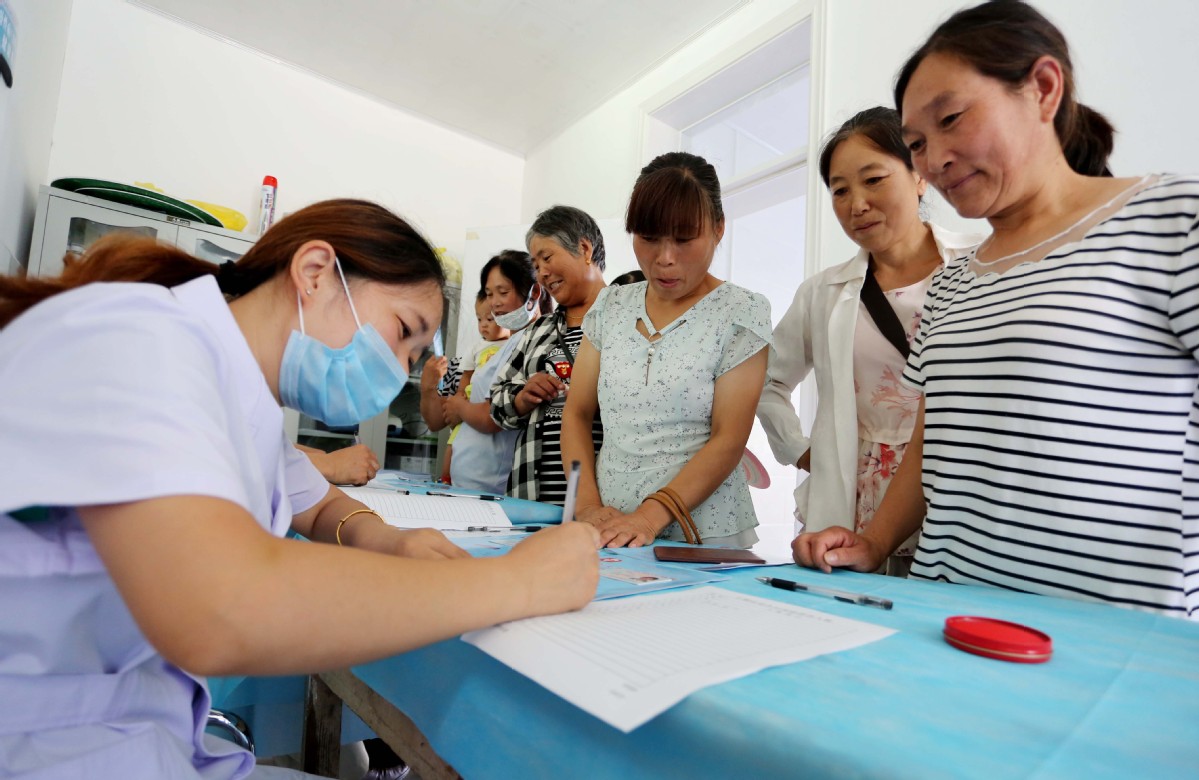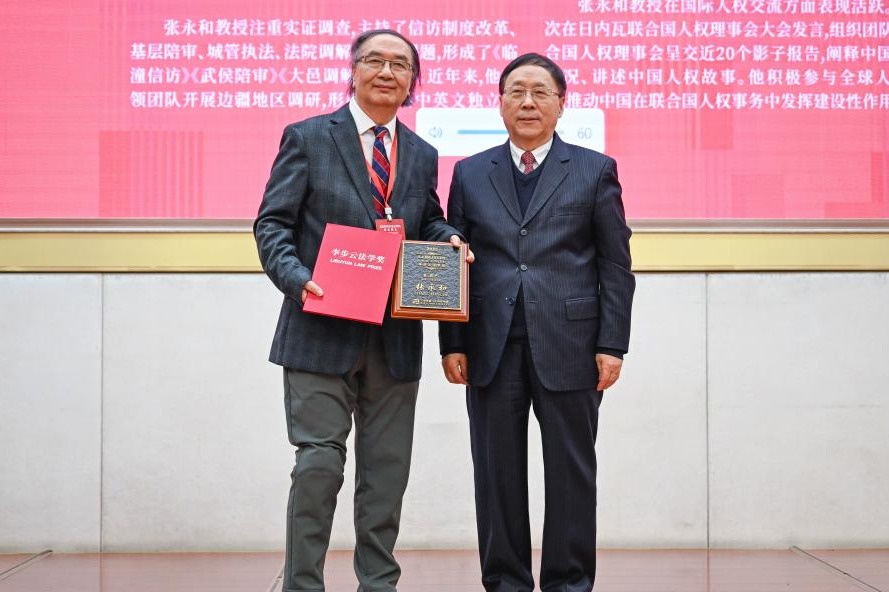New guidelines promote fresh approach to breast cancer care


Transforming treatment
Ma said the guidelines are an important step in transforming the current disease-centered diagnosis-and-treatment model into a patient-centered one. "Patients should not only live longer, but also live well," he said.
In 2016, the nation issued "Healthy China 2030", a blueprint for healthcare development that aims to raise the overall five-year cancer survival rate by 15 percentage points by 2030.
The five-year survival rate for breast cancer varies greatly in different areas. Eastern coastal cities report a survival rate of 90 percent, roughly the same as in developed Western countries, while rates in inland and rural areas are lower, at 70 to 80 percent.
Moreover, the incidence of breast cancer in China is growing by 3 to 4 percent annually, higher than the global average.
"To further improve the cure rate of breast cancer in China, early diagnosis and treatment are extremely important. At present, no more than 20 percent of breast cancer cases are detected at an early stage and less than 5 percent are found by screening," Ma said.
China has promoted free breast and cervical cancer screenings for women in rural areas since 2009, but as yet there are no unified standards on how to select different screening techniques, especially when different age groups are targeted.
Moreover, a shortage of professionals capable of conducting screenings has resulted in high rates of false or missed diagnosis.
The National Cancer Center also released guidelines for screening and early diagnosis and treatment at the conference. They define the screening targets and methods as well as early diagnosis and treatment paths.
While countries in Europe and the Americas recommend mammography as the major screening method, the center's guidelines suggest the best option for Chinese patients is to combine mammography with ultrasound examinations.
"We cannot just copy international guidelines. For example, Western women usually have larger breasts with more fat, which are very suitable for mammography, but Chinese women often have smaller breasts with higher density, which are better for ultrasound equipment," Ma said.
"By covering healthy people and paying particular attention to high-risk groups, the guidelines will help to increase the early detection of breast cancer."
- Geminid meteor shower seen across China
- Sustainable agriculture in focus at Hainan forum
- Road accident in East China kills 4
- Health Bureau: Free Chinese medicine services for Tai Po fire victims
- Satellite launch marks a new milestone in UAE-China cooperation
- HK fire: 4,510 residents in shelters as support fund reaches HK$3.6b




































